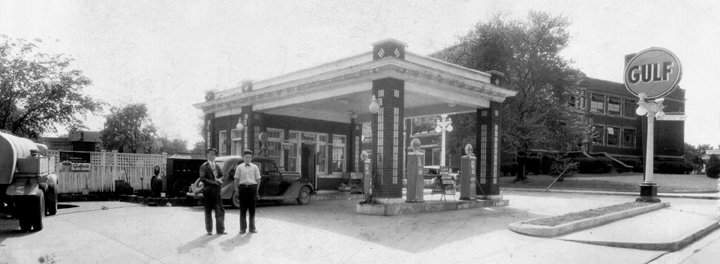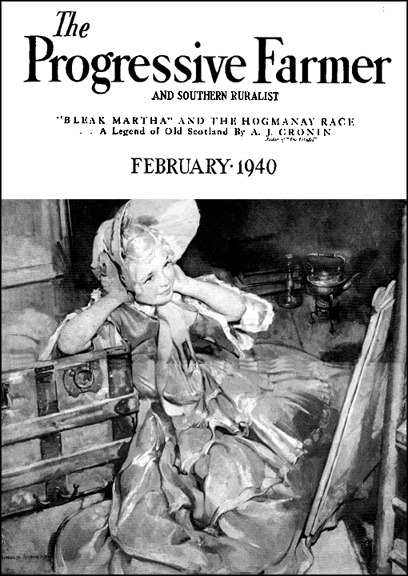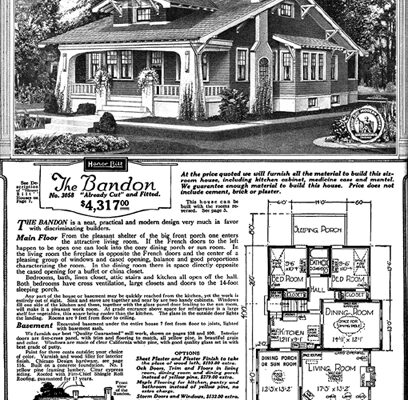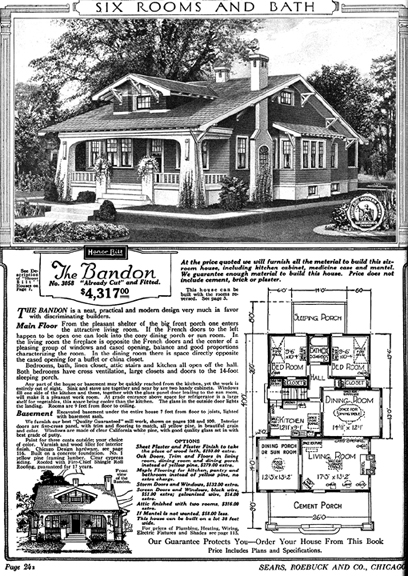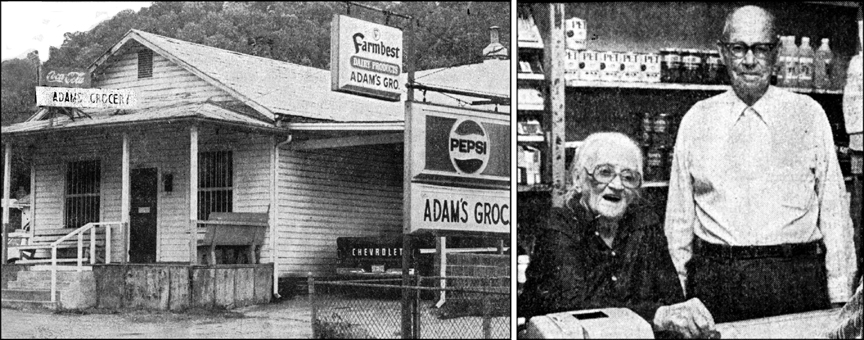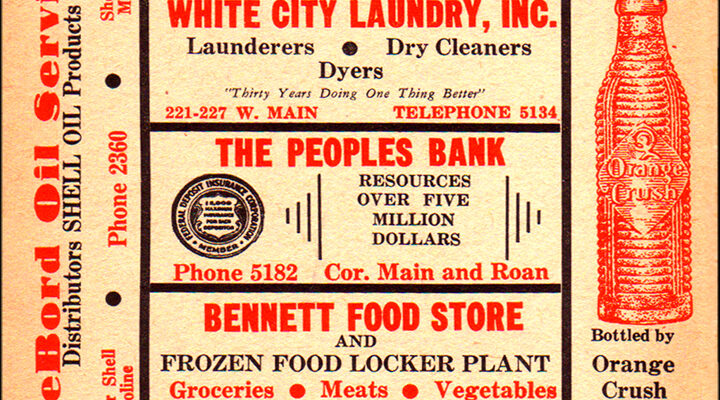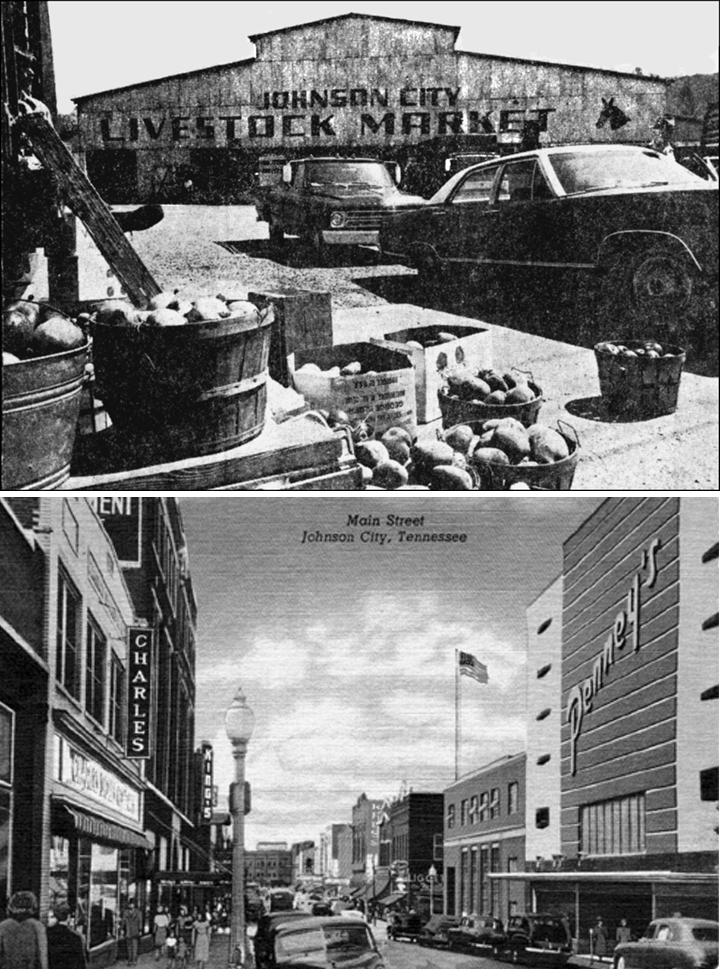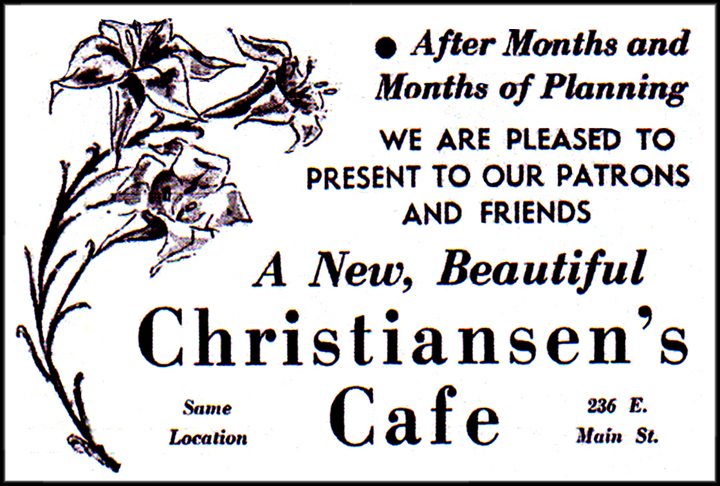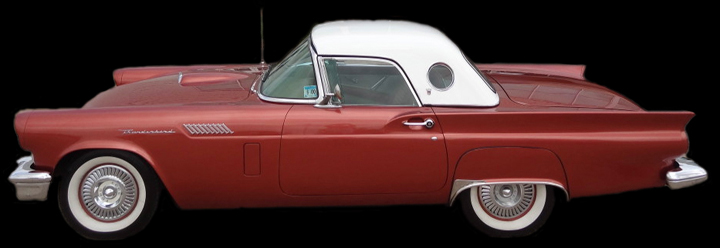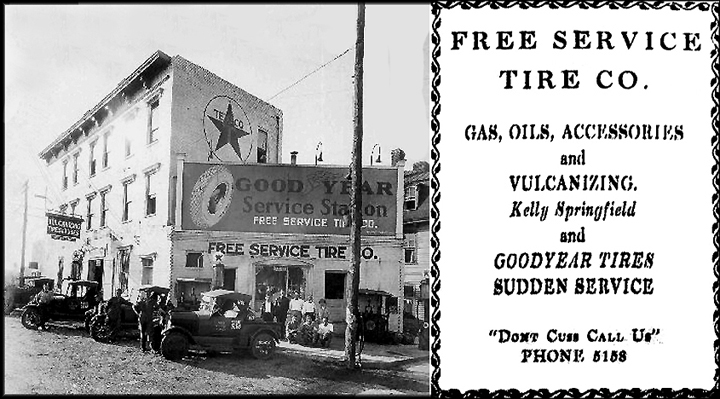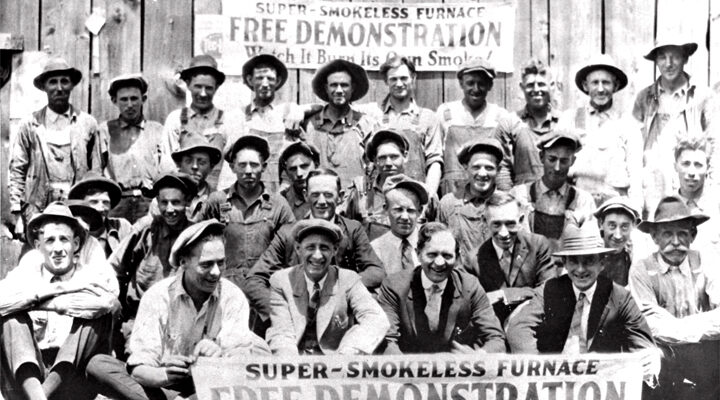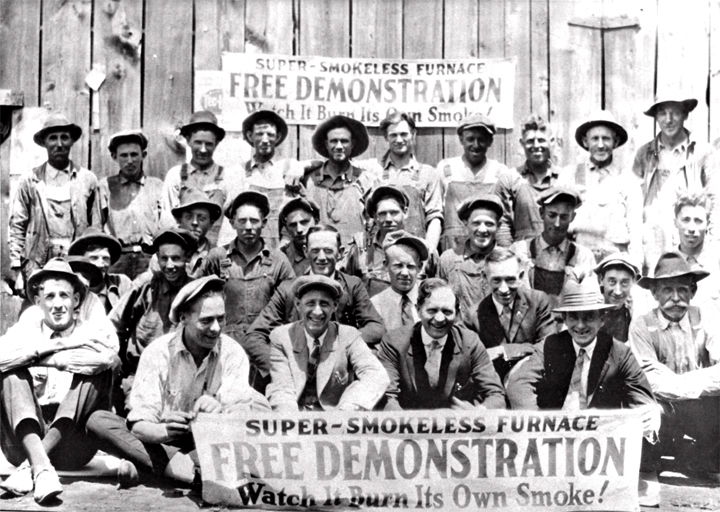Johnson City was once recognized as one of the outstanding burley tobacco centers of the Appalachian region. It contained approximately 40 million pounds of the product stored in seven spacious tobacco warehouses with combined floor space of 450 thousand square feet. Sadly, all seven structures have vanished into yesteryear. I recall two of them went up in smoke, while others were razed.
In 1887, at the request of many tobacco planters, J.H. Winston, a Bristol businessman, submitted an article in the local newspaper that addressed the subject of the proper handling of tobacco for market in order to secure a good price for it. I found his comments very interesting.

“Supposing that your tobacco is cured,” he said, “let it hang in the barn until after a hard freeze. It may then he taken down and put into bulk. It should be bulked with the tails lapped, the stalk end out. Then cover it with straw, sides and top, so as to preserve the order and prevent it from drying.”
Winston said it could at that point be stripped at leisure regardless of weather conditions. If stripped before a freeze, it should either be marketed immediately or replaced on the sticks and hung up until it is subjected to a spell of cold weather. It is always a safe practice to hang tobacco as fast as it is stripped in a closed house and then hung there as long as may be necessary. Many planters favor this plan.
The businessman further advised during the stripping phase to let one person do all the sorting. The sorter had to be a good judge of tobacco, both as to quality and color. Leaves of the same color, size, and quality were to be placed together. However, all racked and worm-eaten loaves were to go with the lugs. The hands of leaf tobacco should contain from six to eight leaves. Lug bundles may be a little larger. All must be neatly tied up.
“The small leaves that grow at the end of the rows and especially next to the woods make the best bands,” he said. “In every hand, let all the leaves be about the same length. Wrap to about one and a half inches from the head, but don't cover the top of the head with the band. The ends of the stems must always be visible.”
J.H. further advised that when marketing tobacco, it would sell better loose than if tightly pressed together. Therefore when possible, it was best to haul tobacco to market neatly packed in a wagon bed. If this was not feasible, he further advised to force it in large packages but not so hard as to bruise the leaves and cause them to stick together. Fine yellow tobacco should be put in large metal drums and handled as delicately as a silk dress. Every bundle was to be spread out smooth and straight, being subjected to no more pressure than the weight of one’s hand.
The tobacco man advised that when stripping tobacco to grade it accordingly: lugs, short leaf and long leaf. It was again subdivided into dark, bright, red, mahogany and yellow, with the different shades of each color. He noted that all of these grades and colors were not usually found in the same crop. As to its uses, tobacco was divided into manufacturing, shipping and non-descript.
Tobacco that was not distinctively manufacturing and shipping, was deemed non-descript, being a less desirable sort and always sold at lower prices in comparison with other grades. Unfortunately for our region of the country, a large portion of the tobacco raised was of the nondescript character. The owners of such tobacco crops were always disappointed in the price they received.
Winston concluded by saying, “Tobacco carefully handled will always sell for more than the same tobacco roughly handled. It is hard to say whether the early or the late market will be best. Last season, the early market was the best. However, we are inclined to believe that there will not be much change in prices for some time.”
The businessman was cautious in formulating an opinion as to the quality of the crop of 1877. He invited inquiries from tobacco growers.

